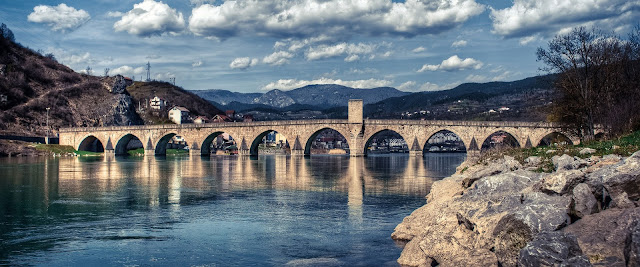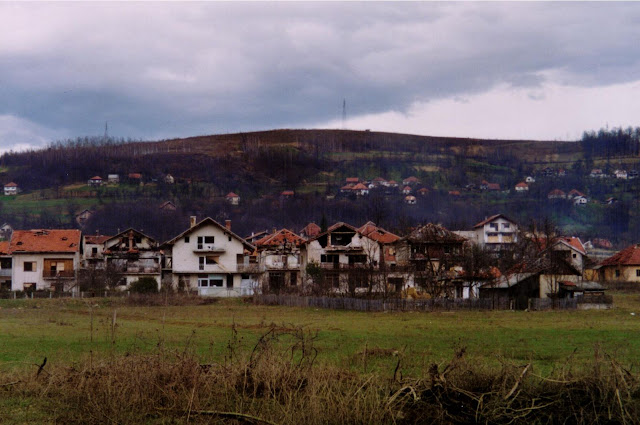Blog 13: Visegrad & the dark hidden secrets of the Bajna Basta hydro-electric dam

Visegrad & the dark hidden secrets of the Bajna Basta hydro-electric dam Very in the beginning of the Bosnian war the Serbs already started with massacres and ethnic cleansing in East Bosnia which ultimately ends in the Srebrenica massacre. During the Bosnian war I had never the opportunity to travel through East Bosnia, but presently it is safe to pass the former war zones between the Serbian and Bosnian parts. Only some signs are presenting that we passed the former battle zones. Visegrad The Višegrad Bridge was commissioned by Grand Vizier Mehmed Paša Sokolović, who exercised power over a long period at the summit of the Ottoman Empire during the reign of three sultans as a tribute to his native region and a symbol of trade and prosperity. Construction of the bridge took place between 1571 and 1577. Major renovations of the bridge have taken place in 1664, 1875, 1911, 1940 and 1950–52. Three of its 11 arches were destroyed during World War I and five were damaged during W

